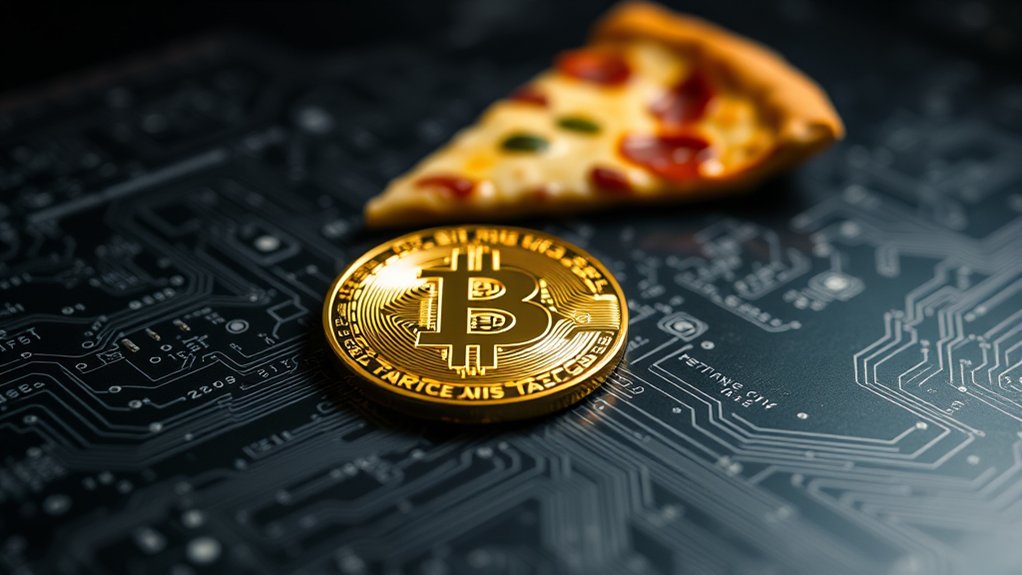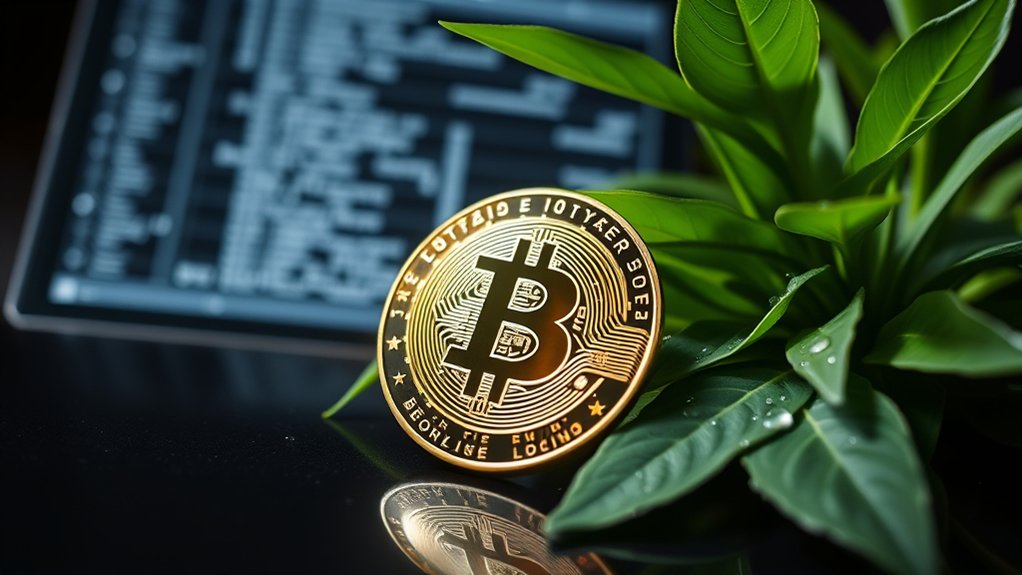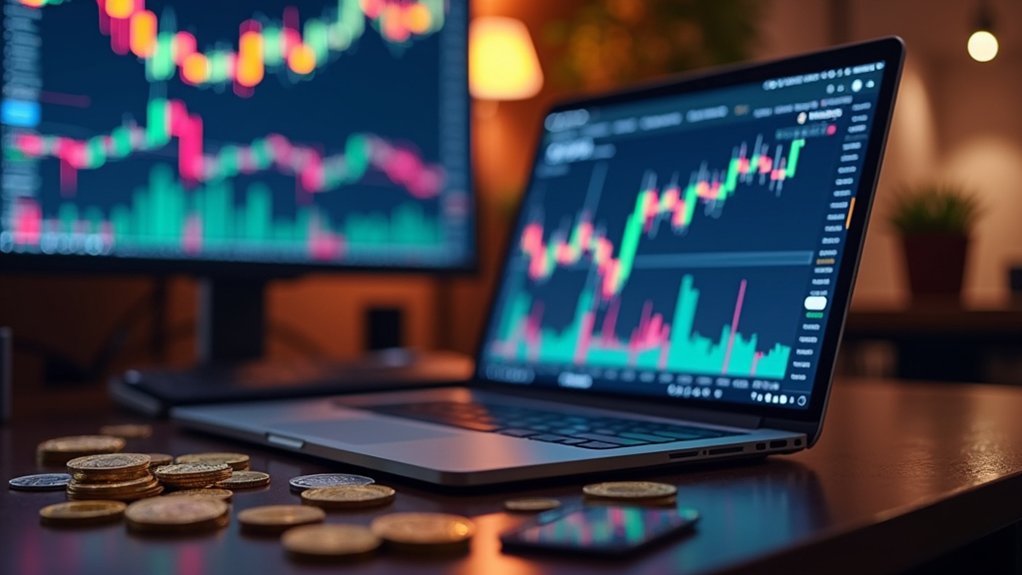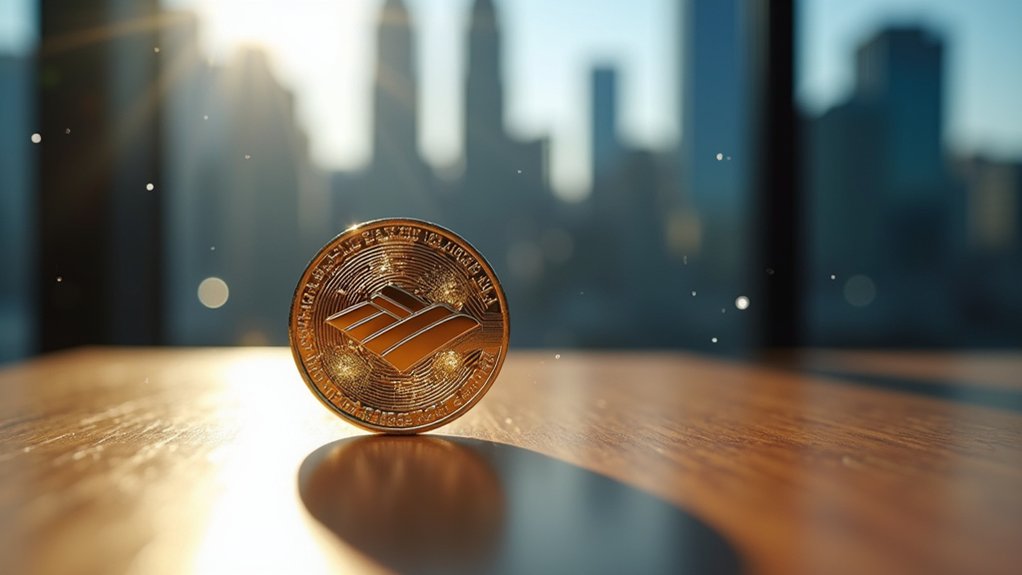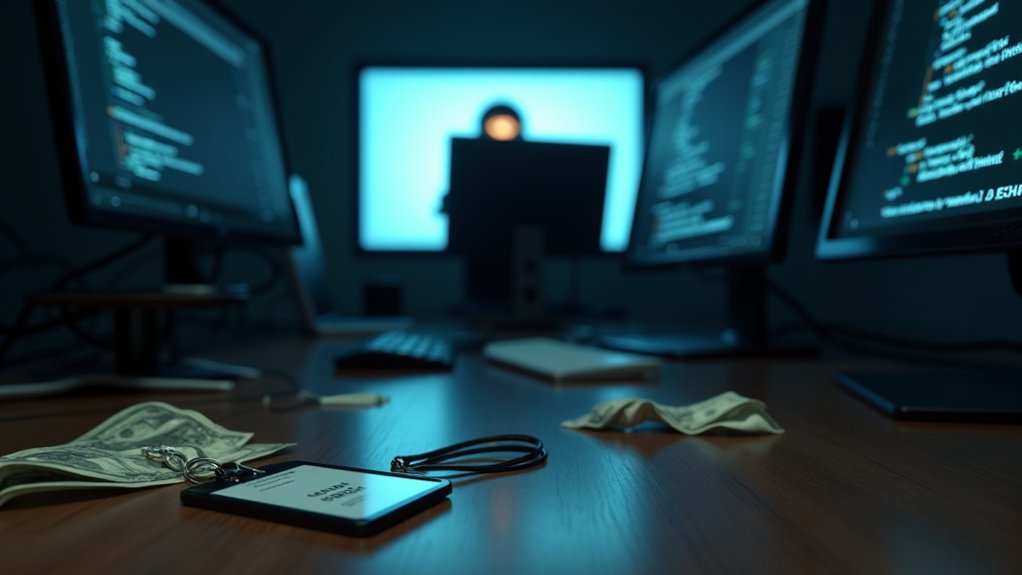Bitcoin’s rise from zero to $0.0025 was nothing short of wild. Launched in 2009, it was just a techie’s dream. Fast forward to May 2010, and Laszlo Hanyecz made it real by buying two pizzas for 10,000 BTC. Yep, those pizzas cost him a fortune. Imagine that! Bitcoin was officially on the map, and the world caught a glimpse of its potential. Stick around to see how things got crazier from there.
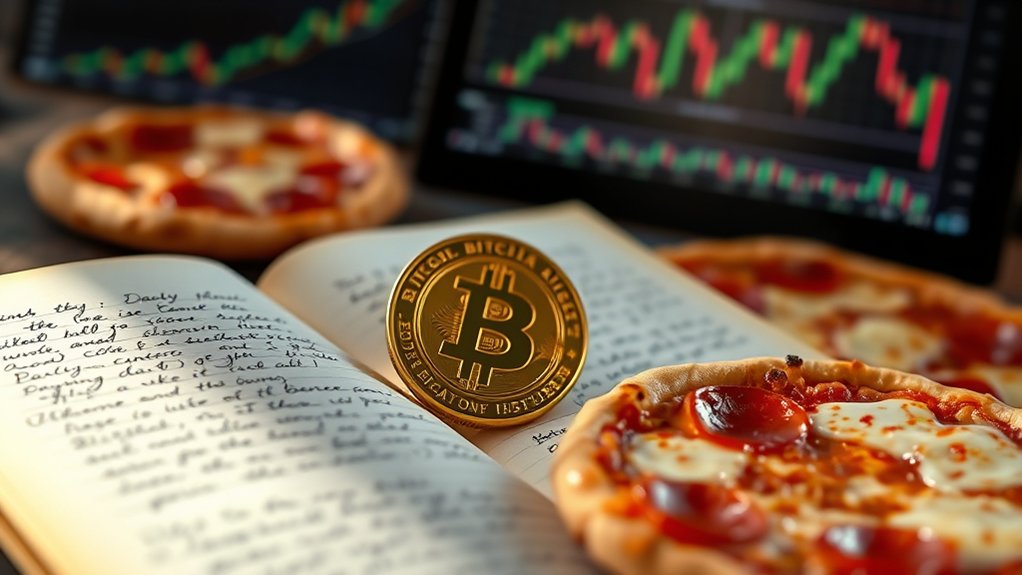
In 2009, Bitcoin burst onto the scene with a price that was, well, non-existent. Seriously, it had no trading value at all. Imagine this: a bunch of tech-savvy miners and developers tinkering away in the shadows of the internet, experimenting with a digital currency that nobody had heard of.
The first recorded price came on October 5, 2009, when 1 USD was equivalent to a whopping 1,309.03 BTC. Talk about a wild start to price discovery!
In those early days, trading was done mostly over-the-counter. No fancy exchanges, just a chaotic marketplace filled with passionate enthusiasts. This lack of structure meant price volatility was the name of the game.
Enter Mt. Gox in 2010, the first major public exchange, which brought a bit of order but still left traders guessing. Liquidity was limited, and who knew what the price would do next? Bitcoin’s total supply is capped at 21 million, creating a potential for increased value as scarcity grows].
Then came May 22, 2010—Bitcoin Pizza Day. A guy named Laszlo Hanyecz decided to buy two pizzas for 10,000 BTC. Yeah, you read that right. This outrageous transaction set an informal exchange rate of $0.0025 per BTC. It was a ridiculous way to illustrate Bitcoin’s potential as a medium of exchange, but it worked. Bitcoin’s Genesis Block showed that people were ready to use this digital currency for real-life purchases—pizzas, no less!
As the years rolled on, Bitcoin’s price fluctuated like a rollercoaster. By the end of 2010, it barely hit $0.40, but by early 2011, it crossed the $1 mark for the first time. Talk about a thrill! The ups and downs were influenced by everything from media buzz to tech advancements.
Frequently Asked Questions
How Can I Buy Bitcoin Today?
To buy Bitcoin today, just hop online. Use a cryptocurrency exchange like Binance or Coinbase.
It’s that simple. Create an account, fund it with your bank card or transfer, and voilà! You’re in the game.
Low fees? Check. Global access? Check. Want to trade on your phone? There’s an app for that.
Just remember, prices swing like a pendulum. Buy wisely, or watch your cash disappear.
Good luck steering through the crypto jungle!
What Is the Current Price of Bitcoin?
As of mid-February 2025, Bitcoin’s price hovers around a staggering $96,554.87. Yep, that’s a lot of zeros.
The market’s a rollercoaster, with prices jumping and dropping like they’re on a caffeine high. Just yesterday, it nudged up by 1.11%.
Yearly growth? A jaw-dropping 84.66%.
But don’t get too comfy; the Fear & Greed Index is sitting around a neutral 49.
Buckle up, it’s still a wild ride!
How Does Bitcoin Mining Work?
Bitcoin mining? It’s a digital treasure hunt.
Miners race to solve a complex puzzle, using tons of energy and fancy hardware. First one to crack it gets to add a new block to the blockchain and—surprise—earns some Bitcoins as a reward.
They pick transactions, prioritize the ones with juicy fees, and hash it all together.
It’s a competitive, chaotic dance that keeps the whole Bitcoin network secure. Nothing like it, really.
What Are the Risks of Investing in Bitcoin?
Investing in Bitcoin? Buckle up. Market volatility means prices can swing wildly, leaving investors gasping for air.
No central backing? Just a recipe for speculative chaos. Remember the 2018 crash? Ouch.
And don’t forget the lack of consumer protections; good luck getting your money back if something goes wrong.
Cybersecurity threats loom large, too. One misplaced password, and poof—your cash is gone.
It’s a wild ride, and not for the faint-hearted.
Is Bitcoin Legal in My Country?
Is Bitcoin legal in your country? Well, it depends.
In 119 countries, it’s a big yes. Brazil, Spain, and South Korea are on board.
Some places like Japan regulate it—no bans, just rules.
Then there are the 22 killjoy countries, like China, where it’s a hard no.
Others, like Uruguay, are just sitting on the fence.
